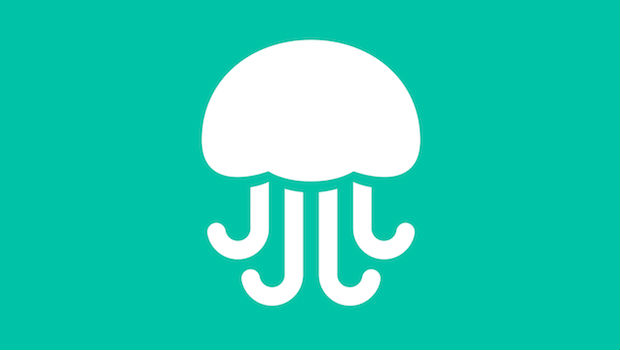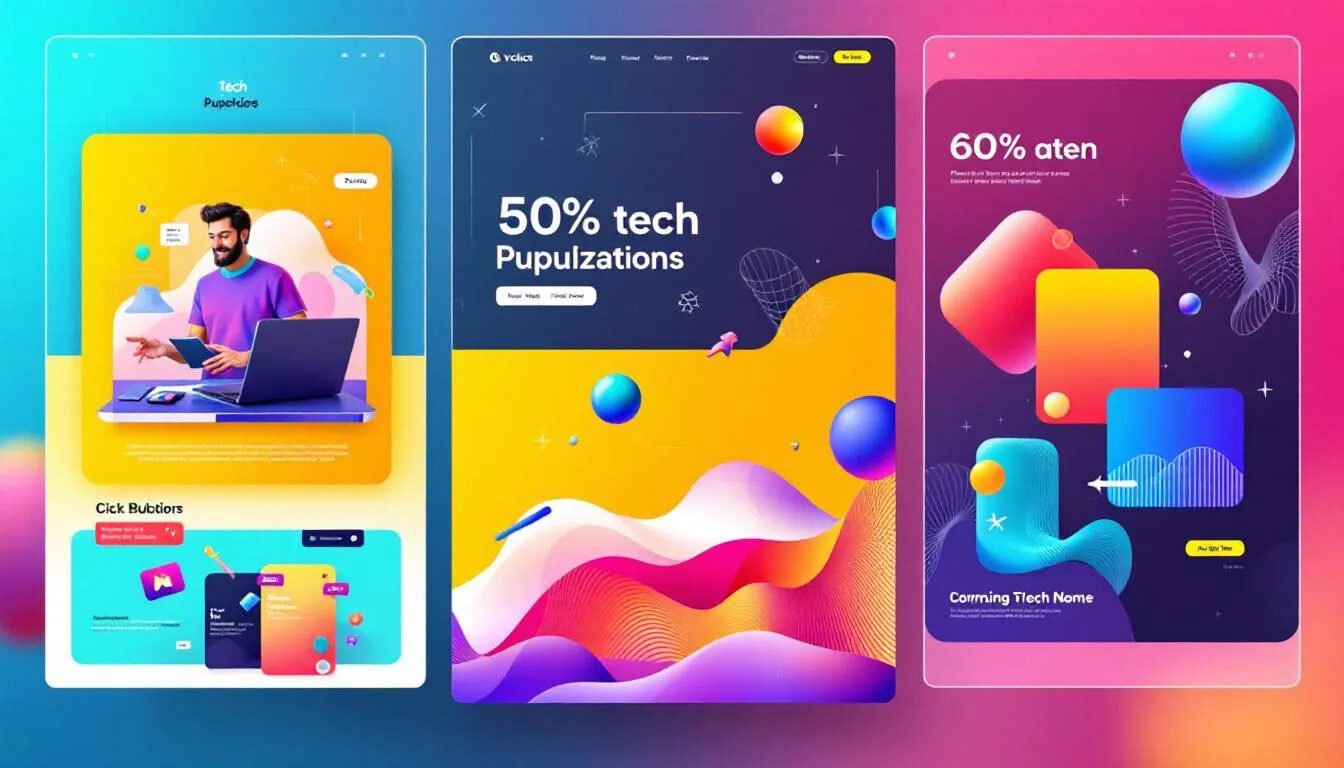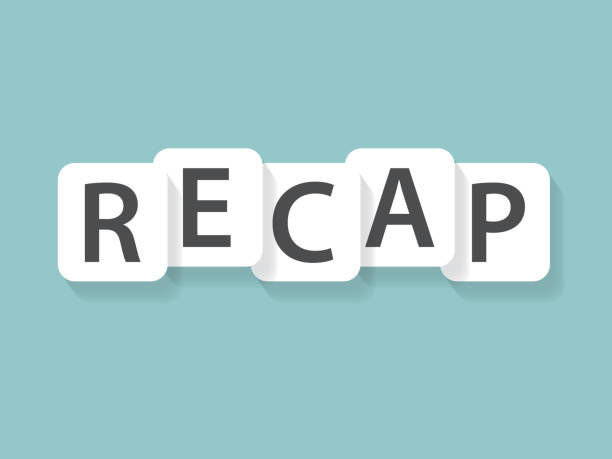
Introducing: Jelly, the Social App Non-Profits Should Jump On
Sure, a non-profit page on Facebook or Twitter can keep current supporters up-to-date, but what about reaching new people? Meet Jelly, the social app which allows people to help others by crowd sourcing answers to any question from within the Jelly-sphere. It’s similar to other Q&A platforms like Quora and Ask.com. Many of the questions have a local slant, and it gives non-profits multiple opportunities to grow an audience and gain potential donors or volunteers.
Why should non-profits use Jelly?
There are few online sources that let you directly answer non-followers’ questions about your cause. While your followers on Twitter and Facebook already know about your non-profit, those posting inquiries on Jelly may not.
Jelly provides a means to engage with others by posting your own questions, and a way to poll people (e.g., “Where do you donate blood?”) who may not follow you on other social media channels.
As a non-profit, who better to engage with than community members who want to help? As former Livestrong President and CEO Doug Ulman said about social media, “There is a difference between a community and a crowd. In a crowd, people push and shove and try to get a step ahead. In a community, people look around, they smile and share a story, because they know that a community doesn’t move forward unless they all move forward together.”
The community aspect of Jelly allows you to engage with the kind-hearted do-gooders and philanthropists.
How does Jelly work?
When you open the app, you’re presented with users’ questions, one by one. You can answer them or skip them. You have the option to include a map or link with your answer, or you can use your finger to draw on a photo too. You can also forward questions to someone you know.
You can post questions with an image, a map or text. You can ask the Jelly audience or post it on Facebook or Twitter with the touch of a button. If you get answers, you can mark them as “good,” send a digital “thank you” and reply to those who answered.
A few things to note:
- Questions and answers are limited to 100 characters.
- Using hashtags can increase your exposure to the right people on social media.
- Multiple people can answer each question.
How can non-profits use Jelly?
One of the first non-profits to try out the platform was Livestrong. The non-profit had just started a social community called “Cancer Hacks” that sought to unite people affected by cancer in order to share solutions to everyday problems. When the non-profit’s Director of Creative Strategy Travis Rimel first learned about Jelly, he said he saw it as “a perfect complement to [Livestrong’s] new model of crowdsourcing cancer support.”
The non-profit started posting questions and were pleased with the level of engagement they received from people in the online community.
Here are 10 ways your non-profit can use Jelly:
1. Need a location for an upcoming event? Post something like,”What’s an inexpensive venue for our health fair in Bangor, Maine in July?” with the map feature.
2. Trying to pick a date for an event? Post questions asking about other events around the city that may occur on your potential dates.
3. Poll potential donors by asking which incentives motivate them to give. For example, you could ask, “When you donate to a cause, would you rather receive a free T-shirt or a bumper sticker?”
4. Answer questions related to your cause. One Jelly question asked, “Where can I donate bags of clothes in Williamsburg, Brooklyn?”
5. Post PSAs (public service announcements) for your cause.
6. Use photos to ask questions. For example, an animal shelter may post a photo of a new dog and ask the community to help identify it.
7. Use the map feature to answer questions. If someone wants to know if there is a Red Cross in town, you can answer the question and supply a map to your location.
8. Use images to post information about your non-profit or cause. For example, a non-profit working to help smokers quit could post an image of a smoker’s lung after a decade of smoking.
9. Test your brand’s strength. You could ask the audience if they recognize this logo.
10. Gather helpful information. Non-profits can ask for advice. For example, you could ask, “What’s the best fundraiser you’ve ever done?”
For more information about Jelly, watch this VerticalResponse video. Are you currently using Jelly? Tell us what you like about it!
VerticalResponse has a free program for non-profits. Sign up and get started.
Wendy Burt-Thomas is a full-time freelance writer with four books and thousands of published articles to her credit. Contact Wendy at WendyBurt@aol.com
© 2015 – 2018, Contributing Author. All rights reserved.



